Amazahi
 Bashny.Net
Bashny.Net
The main inhabitants of Morocco are not Arabs - amazahi (Gr. Berbers). Where these tribes skinned, slim and graceful tall men beautiful women appeared sometime in Africa - is still not known. But it happened for many hundreds of years before these lands conquered by the Arabs, and even before the arrival of the Phoenicians. Now many amazahi assimilated with the local population of Arab or African appearance, but left not a few "pure" representatives. (Famous People amazahskogo Origin: Zinedine Zidane, Isabelle Adjani.)

Berber (from the Greek. Βάρβαροι, lat. Barbari; self AMAZ - ruler, free, noble man) - the general name of indigenous people of North Africa from Egypt to the east to the Atlantic Ocean in the west and the Sudan in the south to the Mediterranean Sea in the north. Speak Berber languages. By religion - now mostly Sunni Muslims, but retained a number of ethnic customs. The name "Berbers", given by Europeans, by analogy with the barbarians because of their incomprehensible language.
Controversial, but it is likely the relationship Berbers and the Guanches.
Probably self amazahi - is the same as the ancient Egyptians called "Mashuesh" (one of the Libyan tribes), Herodotus - Maksies / Mazies (of Libya), also in antiquity inhabitants of northern Berbers called Masil in Numidia (Algeria and Tunisia) and Masasily ( west of Algeria and Morocco). The prefix "w, months - Maz, mesas," which applies to the name Numidian kings (Massinisa, for example), found so far in the North African names: Mazar, Mazunov, smear, MZAL, Mesa, Mesis and so on. Also, the name of the village Amagaz (say a-Magess), East Cavil.
Among the many Berber peoples can identify the main:
1. Amatsirgi - live in northern Morocco, in the extreme north-western shore of continents (t. N. The reef, from which its population, is famous for its sea robbery, was known as the Rif pirates) and the most northern part of the province to the Atlas Tella.
2. The people of shillings in southern Morocco, took part of the great plains along the Um al-Rebia and Tenzift.
3. Kabila - people in Algeria (Kabyles of the most famous Zinedine Zidane).
4. Shauyya- people in Algeria, OPEC inhabits. The main town - Batna.
5. Tuareg - Saharan Berbers who inhabit the desert, live, separated by vast spaces.
Most Berbers now lives in the mountains. Berber villages set. Houses made of folded red local stone or mud huts of the same color clay located in the green river valleys at the foot of the mountains.
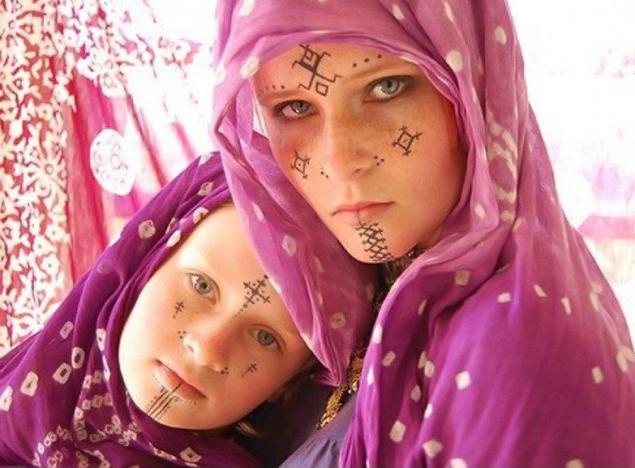
Garamantes (Gr. Γαράμαντες) - the ancient people of the Sahara. First mentioned by Herodotus (about 500 BC. E.) As "a very great nation" (according to archaeological data, their state arose much earlier, at the end of the II millennium. BC. E.). Had Caucasoid appearance. In the VIII century BC. e. State Garamantes already includes all current Fezzan, southern regions of Tripolitania and much of Marmarik. Garamantes civilization was very highly advanced technologically. Herodotus wrote about them as a belligerent, cocky and desperate tribes penetrated on-drawn chariot horses fours, deep into the steppe, even then, the vast expanses of northern Africa. State Garamantes was annexed by Rome in 19 BC. e. Finally assimilated Garamantes Arabs in the VII century BC. e. Garamantes spoke the language of the Berber groups and used as the title of the ancient Tifinagh script (also known as "drevneliviyskoe»).
Kabila (from the Arabic qabîlah - tribe) -narod group of Berbers in the north of Algeria. Speak of the northern branch of the Libyan Berber languages. Script based on the Latin alphabet. Distributed as French and Arabic. Attempts are being made to revive the ancient Tifinagh script (also known as "drevneliviyskoe"), preserved in embroidery and so on. N. (Her keepers - mostly women). Kabila constitute the majority of the members of the local party "Rally for Culture and Democracy", "Socialist Forces Front" and others.
Live mainly in Algeria in the mountains Big and Small Kabylie (historical region of Kabylia) east of Algiers. The number in Algeria approx. 3 million people. (2007 estimate). They also live in France (676 thousand. Pers.), Belgium (50 thousand. Pers.), UK (St. 3 thousand. Pers.). The total number of 4 million people, according to some sources - up to 6 million people.
The settlements are usually located on the top of the mountain and have 2 street: internal - for women and external - for men; closely set together at home turned out blank walls. Residents of villages form a community (taddart, Jamaat), headed by the leader (amine amekkran); It is divided into groups (adrum) including several related (4-5 th generation) patrilineal associations (tararrubt), consisting of large patriarchal families (aham - letters. big house).
Preserved pre-Islamic folklor. In kavilskoy folklore has a phoenix, this falcon (or hawk), or rather the female falcon, ie Sokoliha, Tha-Nina (tha - Women's article, like the French La). In its symbolism and meaning for us, it is not inferior to our Firebird. It is a symbol of rebirth, feminine beauty and just a female name.
Protective symbols applied henna designed to protect women in the most important periods of his life - marriage, pregnancy, childbirth then. Drawings on the face, neck, decollete - mainly North Africa, Morocco - this is another tradition called harquus («harkuz"). For harquus not used henna and other coloring mixture black. Figures in the style harquus can often be seen on the faces of the dancers tribal belly dance and appropriate decorations on the body in the form of drawings and tattoos complement the image.
Tuareg (self - imoschag, imoshag) - Berber people group in Mali, Niger, Burkina Faso, Morocco, Algeria and Libya. In the past, people are extremely aggressive invader.
By religion Tuareg - Sunni Muslims. However, they retained many pre-Islamic customs such as matrilineal clan organization and ortokuzenny marriage through the maternal line. Despite the fact that modern Tuareg are Muslims, where polygamy is allowed, this Tuareg married only once in a lifetime. Women are respected in Tuareg society. Girls from an early age learn to read and write, and a man is allowed to be illiterate.
The main occupation - hoe agriculture (cereals, legumes, vegetables), when combined with the breeding of sheep and goats. Part of the Tuareg, inhabiting the Algerian Sahara desert and Ténéré, roam with their herds of camels and goats.
Ancient tuagery were white and consisted of castes. Slaves and blacksmiths have no relation to the Tuareg of the higher castes. They are usually dark-skinned, while light-skinned Tuareg themselves and tall, thin. Thought life is just a toy, so do not afraid of losing it or take away from the other, so different free-minded. The position of women determines the number of lovers and admirers. Tuareg raided neighboring tribes, capturing people in slavery. (Colin M. Turnbull. Man in Africa)
There is a legend about the origin of the Tuareg people. According to her, they came from Morocco "mother-progenitor" Ting Hin on a white camel with her maid Takamat. It is not known how they got to the Ahaggar, here Ting Hin became queen. The most beautiful, younger and stronger men fans came to her to lie, then she kills them. The queen and the maid gave birth to children, beginning the race Touareg. From Tin Hinan happened noble tribe, and from the maid - a tribe vassals. In 1925, in the area of ancient fortifications Abalessy in Ahaggar found a rich burial of a woman, many Tuaregs believe that this is the Ting Hin.
In the XI century. Arab conquerors invaded the settlement of the Tuareg in North Africa, again relegating the Tuareg area to the west. During this period, the Tuareg Islamization and Arabization undergone. Ironically, modern Tuareg assimilated with the black population.
In the Middle Ages, the Tuareg were employed in the trans-Saharan trade, created a few short-lived public entities, such as the Sultanate of Agadez; monitor important transshipment trade items such as Takedda (city-state on the territory of Niger, in an oasis in the west Highlands Air, which existed in the Middle Ages.).
During the colonial era, the Tuareg were incorporated into French West Africa. Unlike many other nations Tuaregs have long resisted the new government (Tuareg rebellion 1916-1917). For example, the colonial power in the colony of Niger Tuareg tribes could subordinate only to the 1923 French colonial power ran through the Tuareg clan leaders, trying to use the inter-clan conflict.
Tuareg became the prototype for the people in the epic series fremenov Frank Herbert's "Dune».
GALLERY priedstavleny preymuschestvenno fotograffii Kabyles (hereditary amazihi) and several Tuareg (assimilated amazahi):
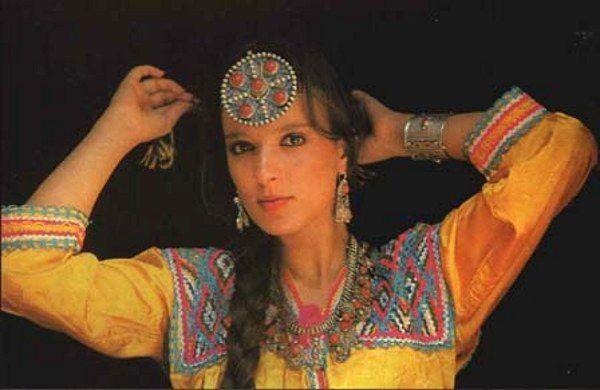
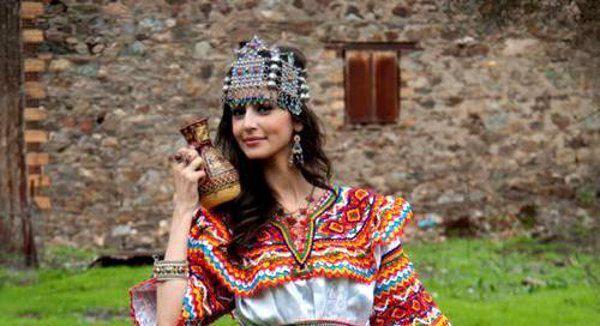
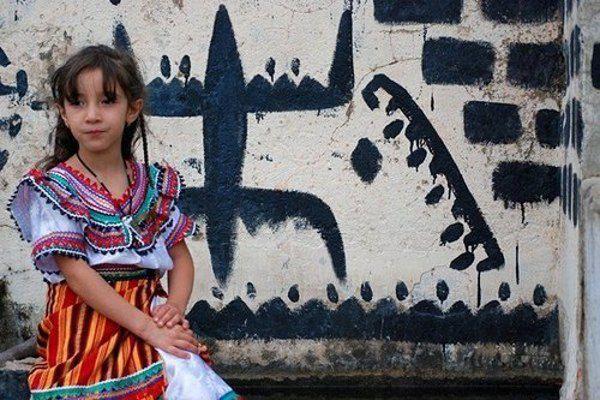
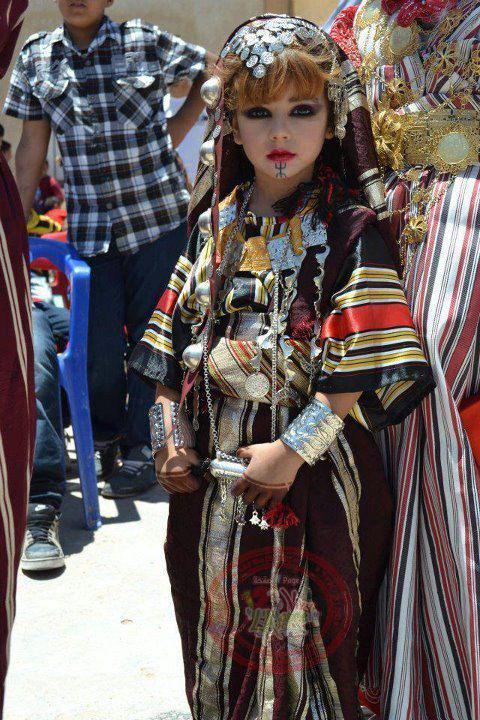
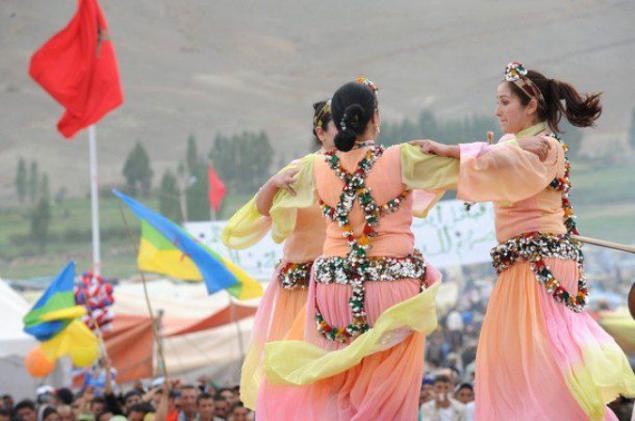
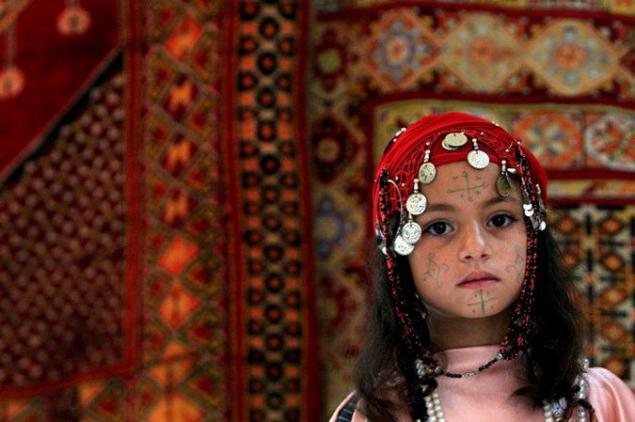
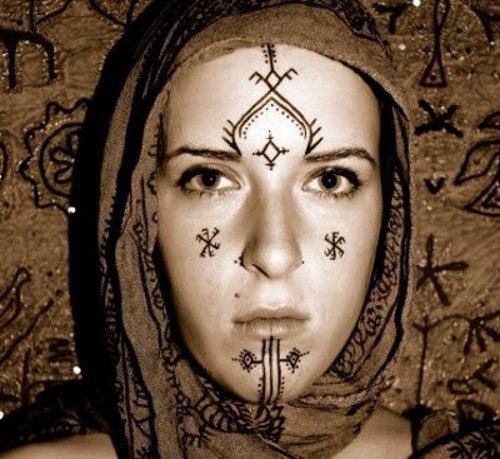


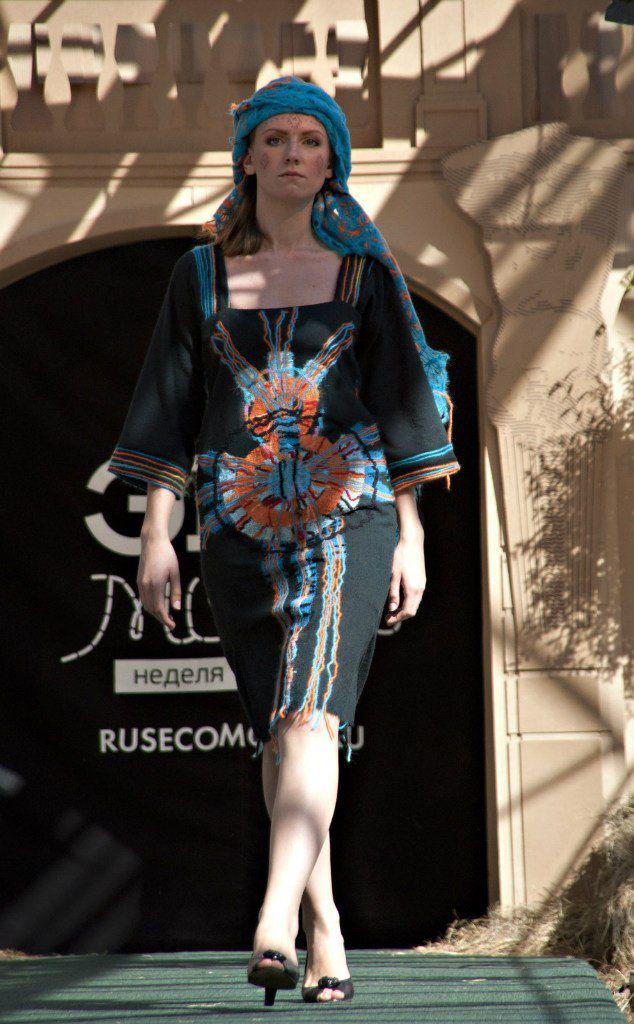
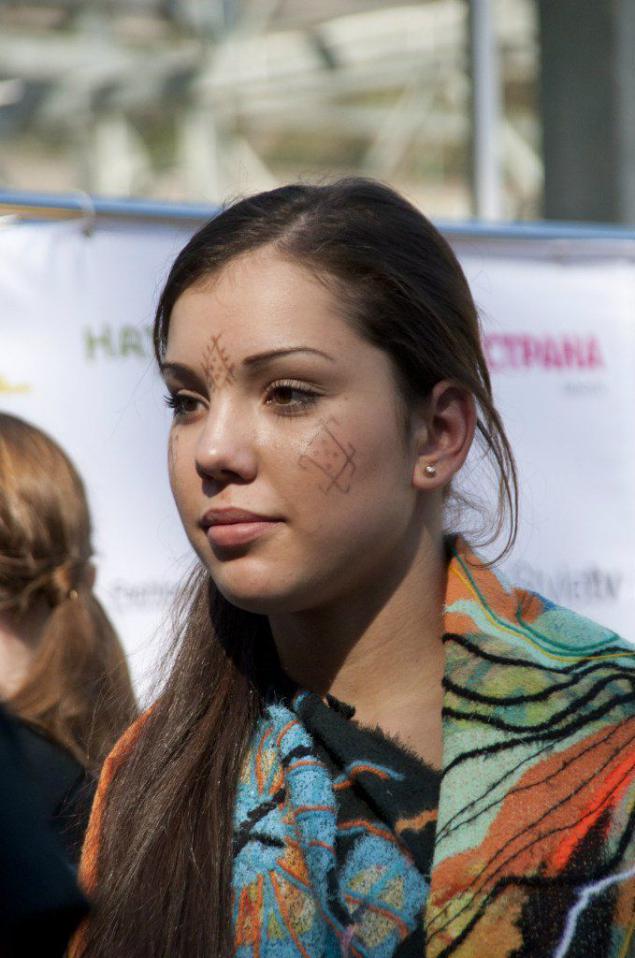
--img14--
Source: www.slavyanskaya-kultura.ru

Berber (from the Greek. Βάρβαροι, lat. Barbari; self AMAZ - ruler, free, noble man) - the general name of indigenous people of North Africa from Egypt to the east to the Atlantic Ocean in the west and the Sudan in the south to the Mediterranean Sea in the north. Speak Berber languages. By religion - now mostly Sunni Muslims, but retained a number of ethnic customs. The name "Berbers", given by Europeans, by analogy with the barbarians because of their incomprehensible language.
Controversial, but it is likely the relationship Berbers and the Guanches.
Probably self amazahi - is the same as the ancient Egyptians called "Mashuesh" (one of the Libyan tribes), Herodotus - Maksies / Mazies (of Libya), also in antiquity inhabitants of northern Berbers called Masil in Numidia (Algeria and Tunisia) and Masasily ( west of Algeria and Morocco). The prefix "w, months - Maz, mesas," which applies to the name Numidian kings (Massinisa, for example), found so far in the North African names: Mazar, Mazunov, smear, MZAL, Mesa, Mesis and so on. Also, the name of the village Amagaz (say a-Magess), East Cavil.
Among the many Berber peoples can identify the main:
1. Amatsirgi - live in northern Morocco, in the extreme north-western shore of continents (t. N. The reef, from which its population, is famous for its sea robbery, was known as the Rif pirates) and the most northern part of the province to the Atlas Tella.
2. The people of shillings in southern Morocco, took part of the great plains along the Um al-Rebia and Tenzift.
3. Kabila - people in Algeria (Kabyles of the most famous Zinedine Zidane).
4. Shauyya- people in Algeria, OPEC inhabits. The main town - Batna.
5. Tuareg - Saharan Berbers who inhabit the desert, live, separated by vast spaces.
Most Berbers now lives in the mountains. Berber villages set. Houses made of folded red local stone or mud huts of the same color clay located in the green river valleys at the foot of the mountains.

Garamantes (Gr. Γαράμαντες) - the ancient people of the Sahara. First mentioned by Herodotus (about 500 BC. E.) As "a very great nation" (according to archaeological data, their state arose much earlier, at the end of the II millennium. BC. E.). Had Caucasoid appearance. In the VIII century BC. e. State Garamantes already includes all current Fezzan, southern regions of Tripolitania and much of Marmarik. Garamantes civilization was very highly advanced technologically. Herodotus wrote about them as a belligerent, cocky and desperate tribes penetrated on-drawn chariot horses fours, deep into the steppe, even then, the vast expanses of northern Africa. State Garamantes was annexed by Rome in 19 BC. e. Finally assimilated Garamantes Arabs in the VII century BC. e. Garamantes spoke the language of the Berber groups and used as the title of the ancient Tifinagh script (also known as "drevneliviyskoe»).
Kabila (from the Arabic qabîlah - tribe) -narod group of Berbers in the north of Algeria. Speak of the northern branch of the Libyan Berber languages. Script based on the Latin alphabet. Distributed as French and Arabic. Attempts are being made to revive the ancient Tifinagh script (also known as "drevneliviyskoe"), preserved in embroidery and so on. N. (Her keepers - mostly women). Kabila constitute the majority of the members of the local party "Rally for Culture and Democracy", "Socialist Forces Front" and others.
Live mainly in Algeria in the mountains Big and Small Kabylie (historical region of Kabylia) east of Algiers. The number in Algeria approx. 3 million people. (2007 estimate). They also live in France (676 thousand. Pers.), Belgium (50 thousand. Pers.), UK (St. 3 thousand. Pers.). The total number of 4 million people, according to some sources - up to 6 million people.
The settlements are usually located on the top of the mountain and have 2 street: internal - for women and external - for men; closely set together at home turned out blank walls. Residents of villages form a community (taddart, Jamaat), headed by the leader (amine amekkran); It is divided into groups (adrum) including several related (4-5 th generation) patrilineal associations (tararrubt), consisting of large patriarchal families (aham - letters. big house).
Preserved pre-Islamic folklor. In kavilskoy folklore has a phoenix, this falcon (or hawk), or rather the female falcon, ie Sokoliha, Tha-Nina (tha - Women's article, like the French La). In its symbolism and meaning for us, it is not inferior to our Firebird. It is a symbol of rebirth, feminine beauty and just a female name.
Protective symbols applied henna designed to protect women in the most important periods of his life - marriage, pregnancy, childbirth then. Drawings on the face, neck, decollete - mainly North Africa, Morocco - this is another tradition called harquus («harkuz"). For harquus not used henna and other coloring mixture black. Figures in the style harquus can often be seen on the faces of the dancers tribal belly dance and appropriate decorations on the body in the form of drawings and tattoos complement the image.
Tuareg (self - imoschag, imoshag) - Berber people group in Mali, Niger, Burkina Faso, Morocco, Algeria and Libya. In the past, people are extremely aggressive invader.
By religion Tuareg - Sunni Muslims. However, they retained many pre-Islamic customs such as matrilineal clan organization and ortokuzenny marriage through the maternal line. Despite the fact that modern Tuareg are Muslims, where polygamy is allowed, this Tuareg married only once in a lifetime. Women are respected in Tuareg society. Girls from an early age learn to read and write, and a man is allowed to be illiterate.
The main occupation - hoe agriculture (cereals, legumes, vegetables), when combined with the breeding of sheep and goats. Part of the Tuareg, inhabiting the Algerian Sahara desert and Ténéré, roam with their herds of camels and goats.
Ancient tuagery were white and consisted of castes. Slaves and blacksmiths have no relation to the Tuareg of the higher castes. They are usually dark-skinned, while light-skinned Tuareg themselves and tall, thin. Thought life is just a toy, so do not afraid of losing it or take away from the other, so different free-minded. The position of women determines the number of lovers and admirers. Tuareg raided neighboring tribes, capturing people in slavery. (Colin M. Turnbull. Man in Africa)
There is a legend about the origin of the Tuareg people. According to her, they came from Morocco "mother-progenitor" Ting Hin on a white camel with her maid Takamat. It is not known how they got to the Ahaggar, here Ting Hin became queen. The most beautiful, younger and stronger men fans came to her to lie, then she kills them. The queen and the maid gave birth to children, beginning the race Touareg. From Tin Hinan happened noble tribe, and from the maid - a tribe vassals. In 1925, in the area of ancient fortifications Abalessy in Ahaggar found a rich burial of a woman, many Tuaregs believe that this is the Ting Hin.
In the XI century. Arab conquerors invaded the settlement of the Tuareg in North Africa, again relegating the Tuareg area to the west. During this period, the Tuareg Islamization and Arabization undergone. Ironically, modern Tuareg assimilated with the black population.
In the Middle Ages, the Tuareg were employed in the trans-Saharan trade, created a few short-lived public entities, such as the Sultanate of Agadez; monitor important transshipment trade items such as Takedda (city-state on the territory of Niger, in an oasis in the west Highlands Air, which existed in the Middle Ages.).
During the colonial era, the Tuareg were incorporated into French West Africa. Unlike many other nations Tuaregs have long resisted the new government (Tuareg rebellion 1916-1917). For example, the colonial power in the colony of Niger Tuareg tribes could subordinate only to the 1923 French colonial power ran through the Tuareg clan leaders, trying to use the inter-clan conflict.
Tuareg became the prototype for the people in the epic series fremenov Frank Herbert's "Dune».
GALLERY priedstavleny preymuschestvenno fotograffii Kabyles (hereditary amazihi) and several Tuareg (assimilated amazahi):











--img14--
Source: www.slavyanskaya-kultura.ru
Tags
See also
How to remain a man in a woman's world
One day in Africa
Invited to guess the nationality of the girl. Answer under the cut. I promise, it's truly amazing!
CUBA - not an incubator!
Want villa in the Canary Islands!
100 facts about Poland through the eyes of Russians
Hot Spots of the World (33 pics + text)
Israel Day at a military base in the desert.
















